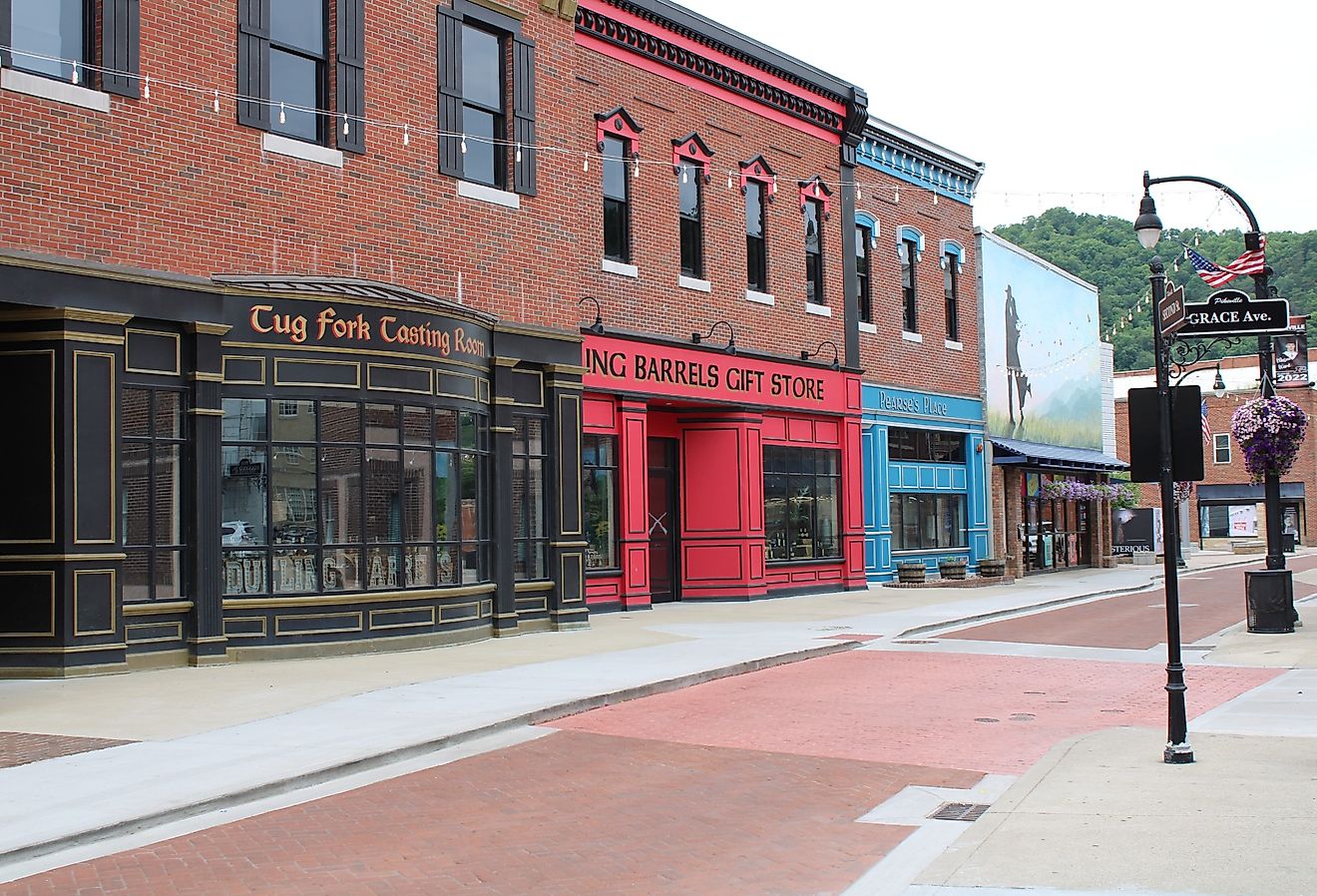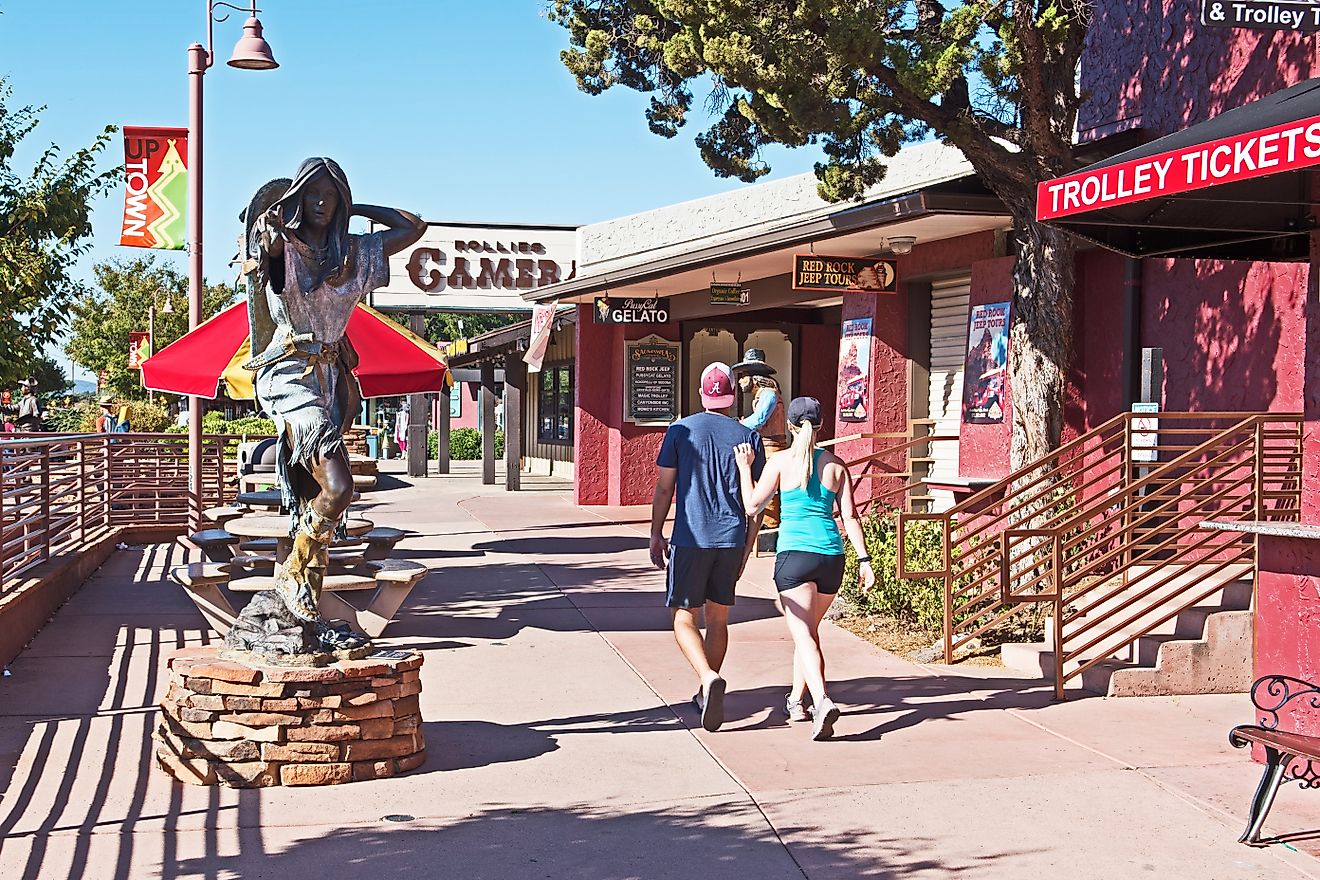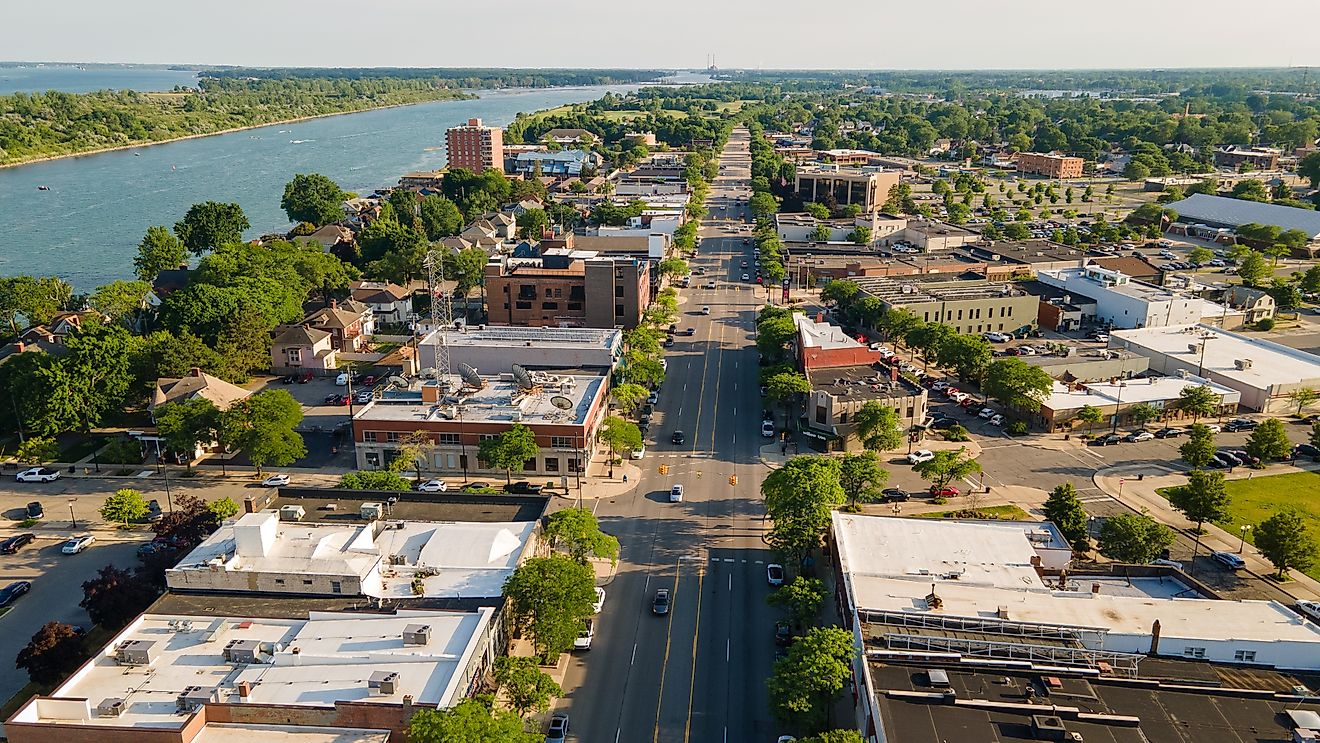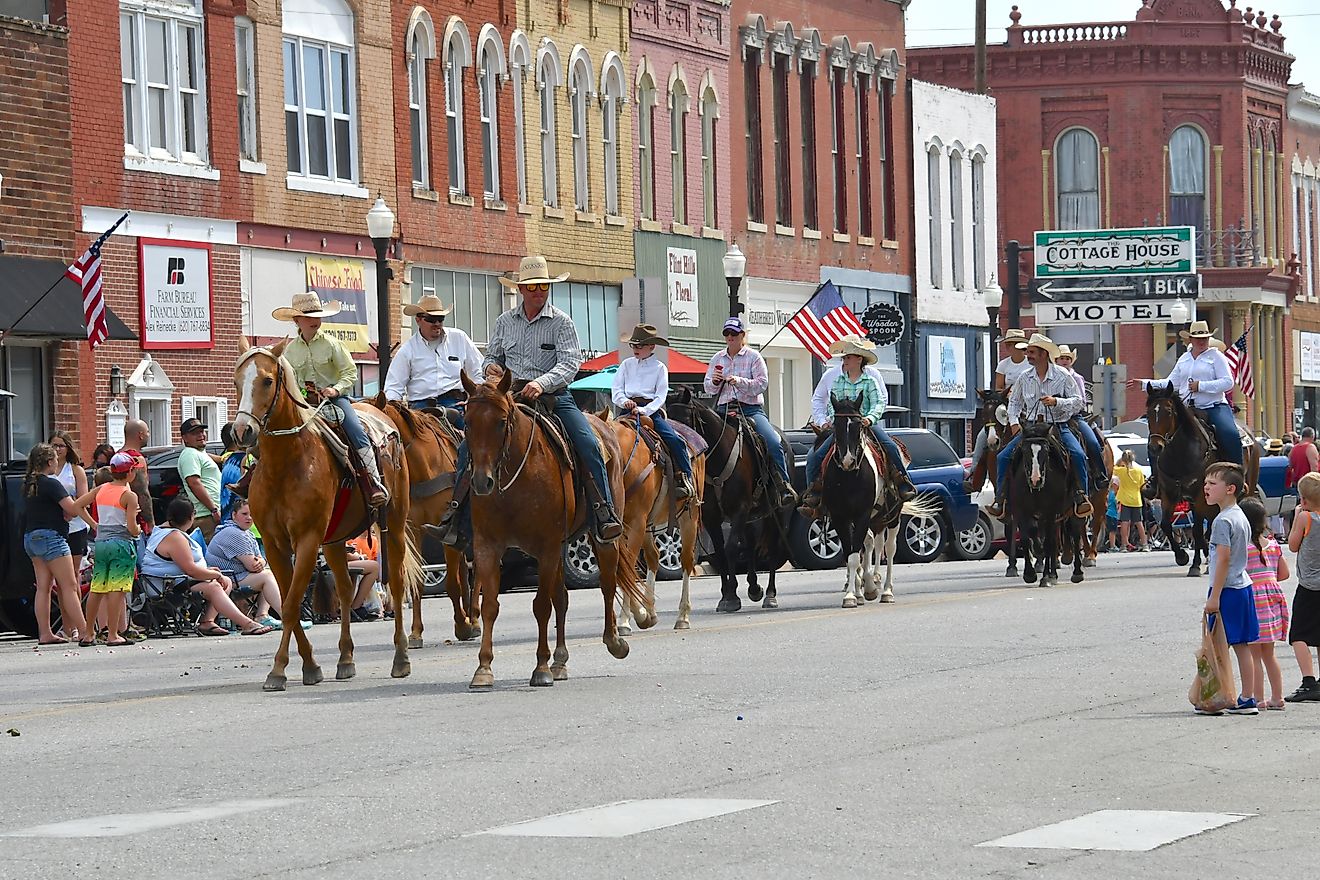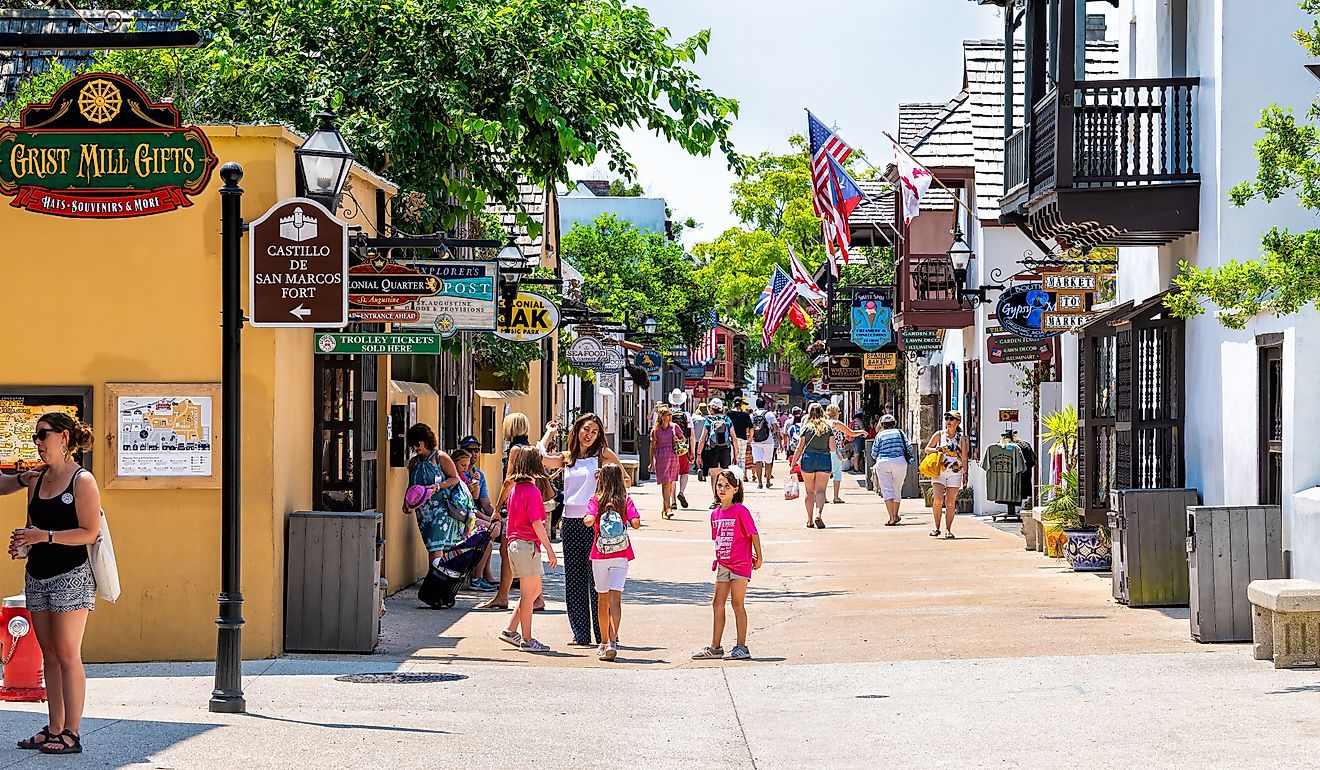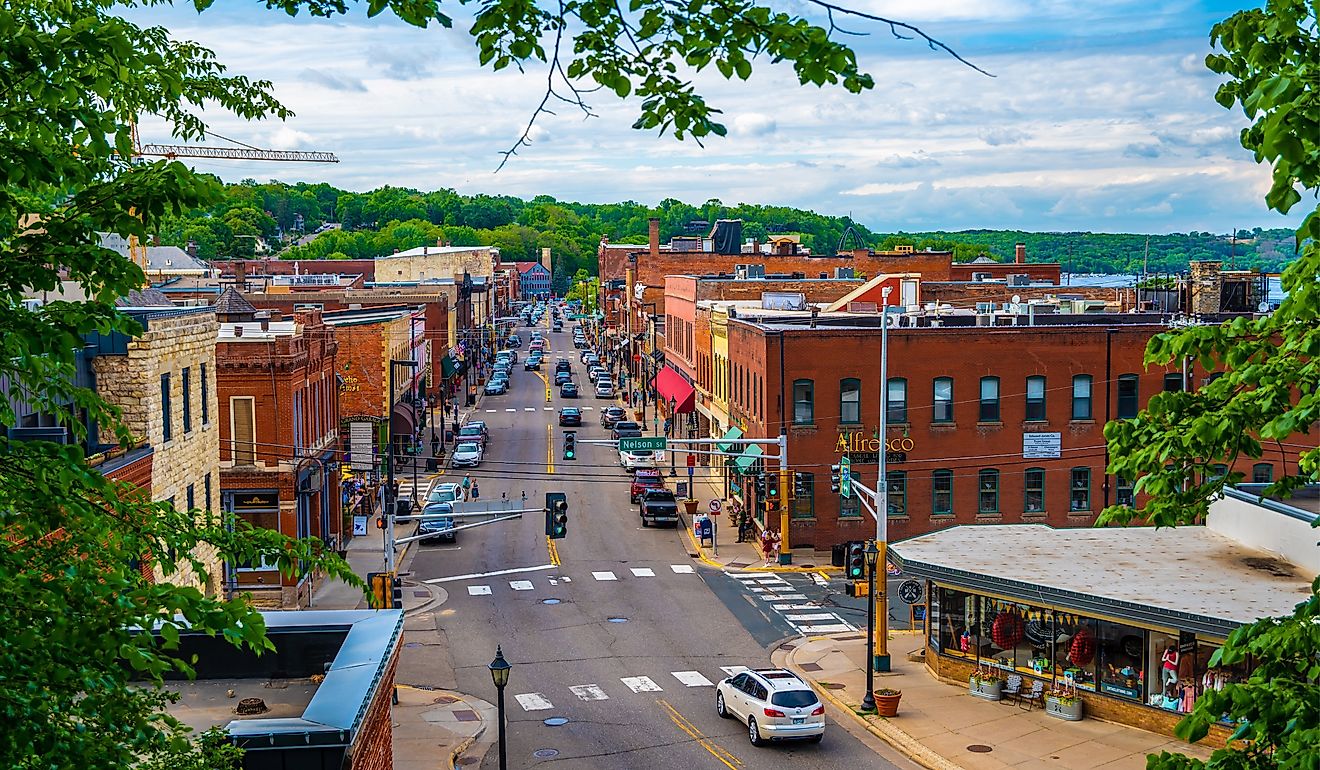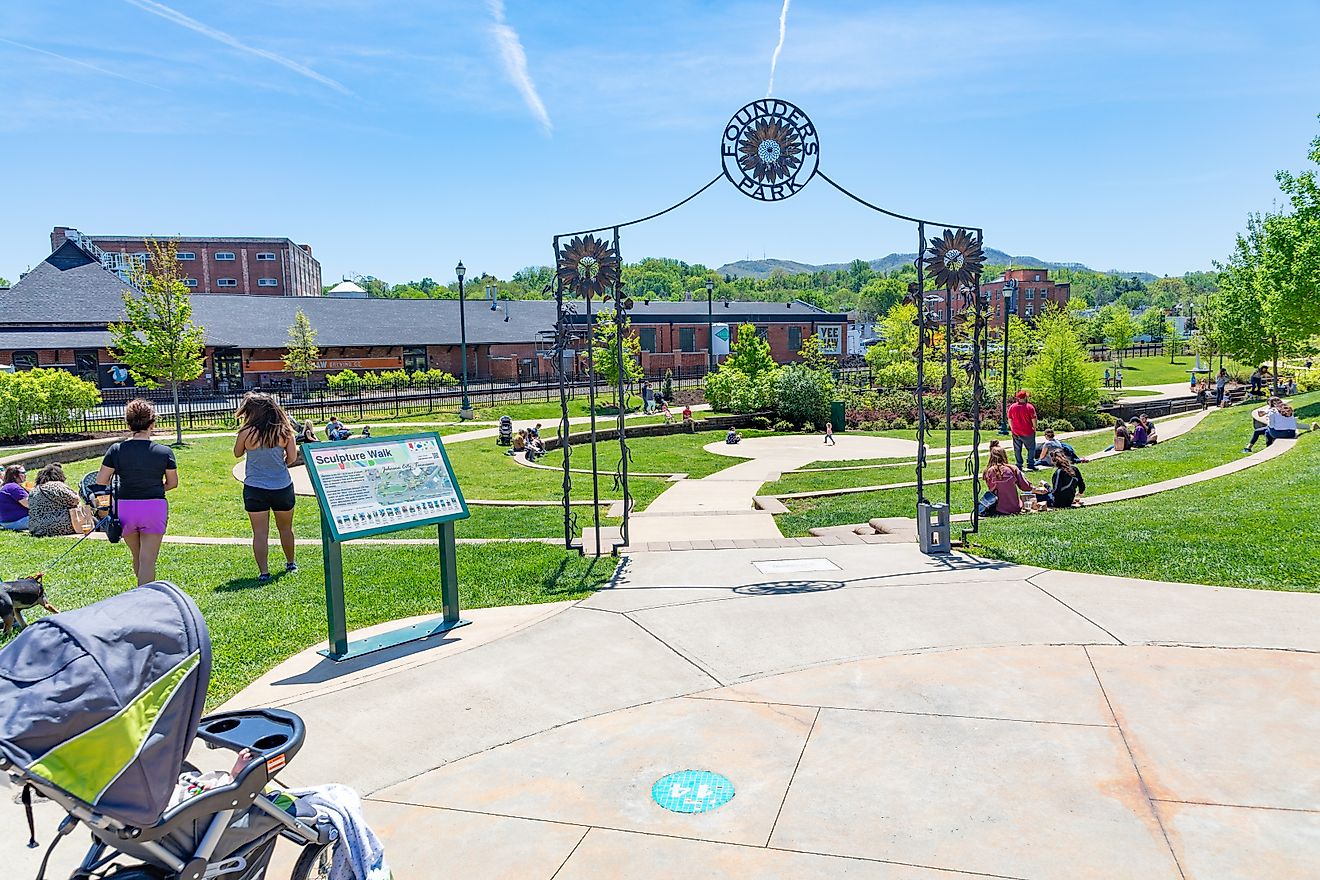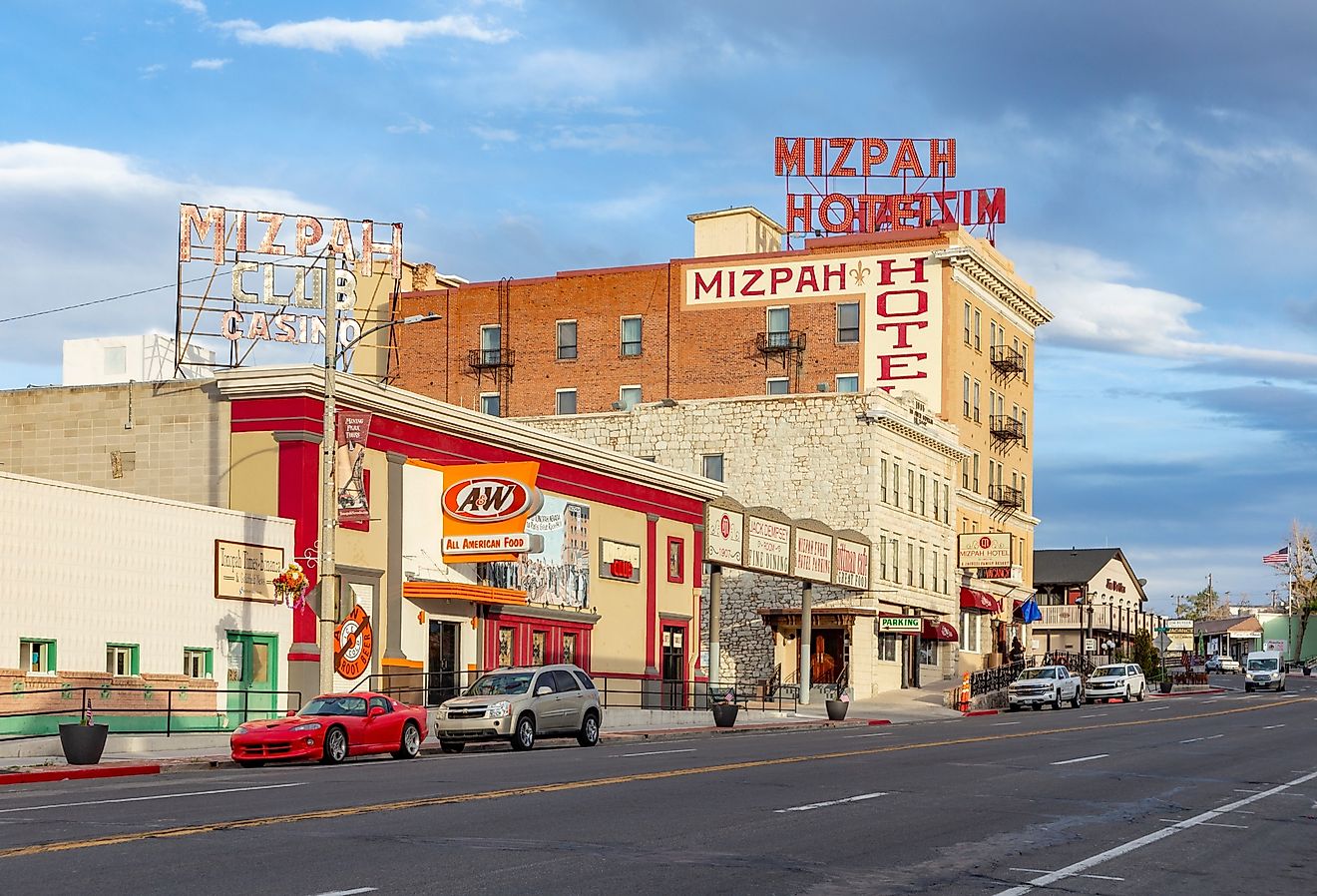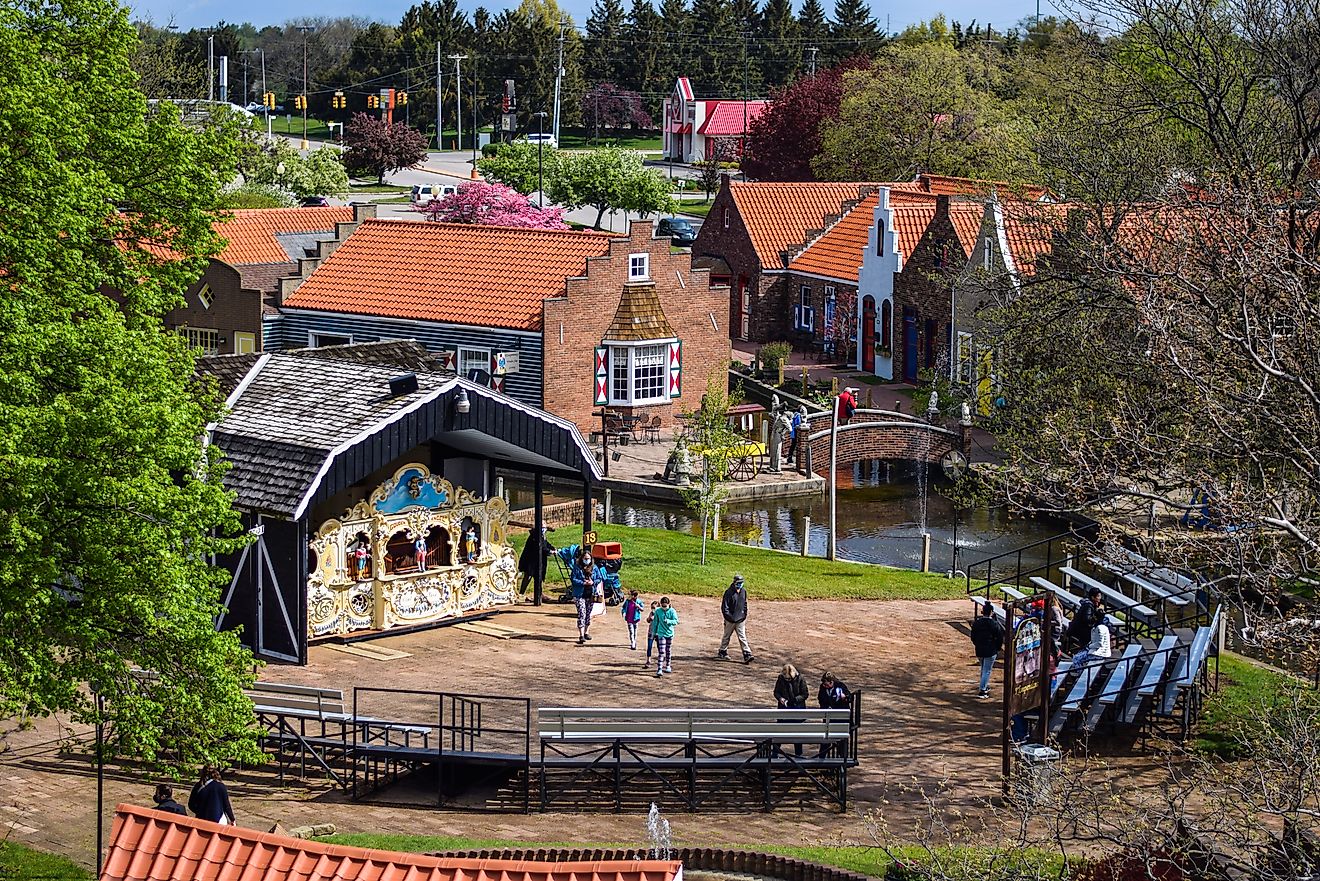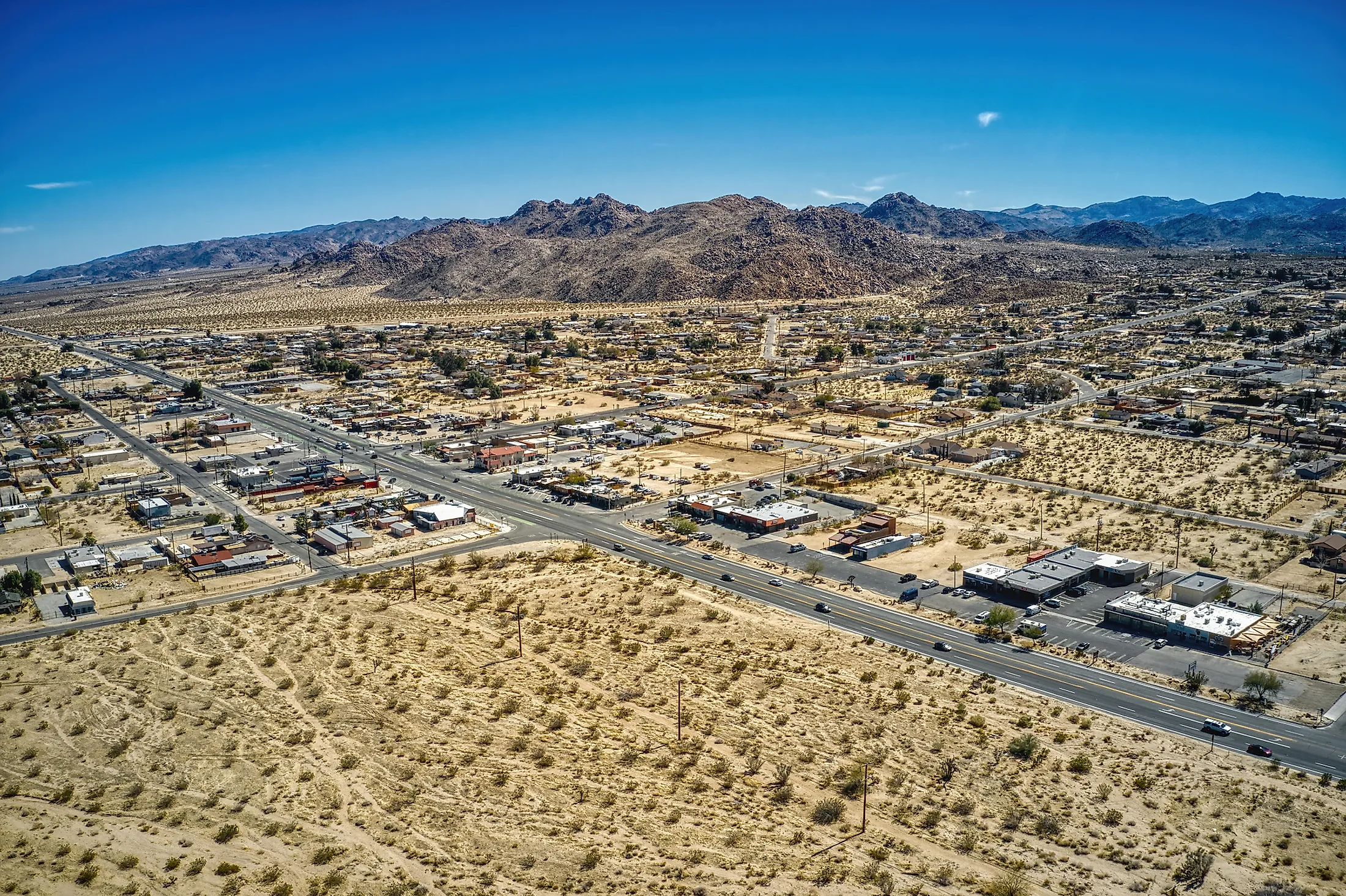
Joshua Tree, California
Nestled to the east of Los Angeles near Palm Springs, California, Joshua Tree is a two-desert intersection town full of hiking trails and camping sites. It is home to a wide variety of geological features and diverse animal species. The Joshua Tree National Park is one of its most visited attractions, bringing close to three million visitors annually to experience the ecosystems of the distinct Mojave and Colorado deserts. The town also includes several museums and art galleries, making it a popular destination for getaways from the city, with plenty of activities for nature lovers and art enthusiasts alike.
Behind the Name
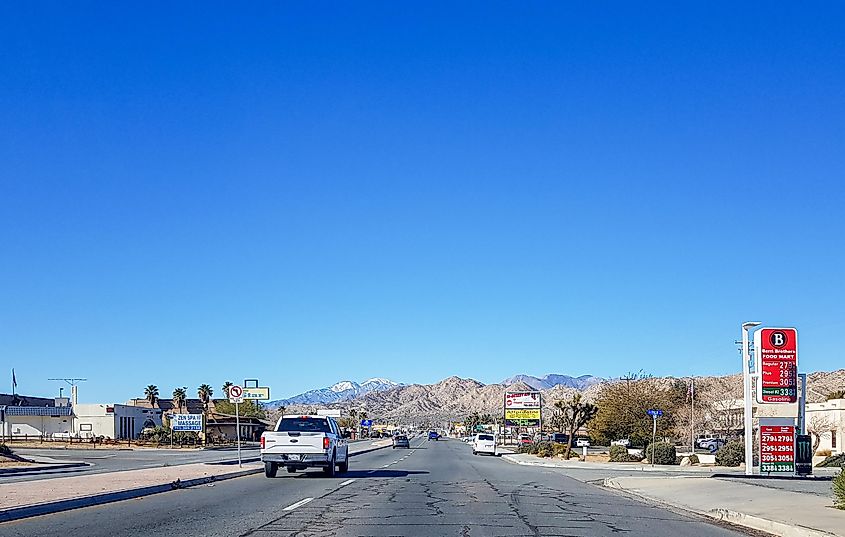
The Californian town takes the name of a famous local tree, the Joshua tree, a typical plant of the Mojave Desert. It is also found in the Sonoran Desert of western Arizona or the San Bernardino Mountains of southern California. The tree is particularly known for its various properties identified by native people; its tough leaves are used to craft sandals and baskets, while its flower buds and seeds make up a healthy culinary ingredient. In its natural settings, it also provides sustenance and shelter for many insects, birds, reptiles, and mammals.
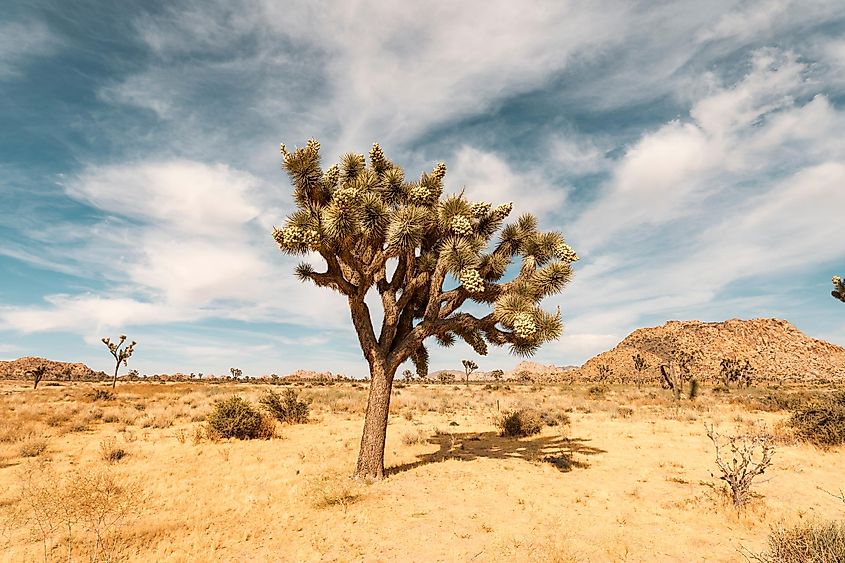
Climate And History Of Joshua Tree
The Mojave and the Colorado deserts meet in the town of Joshua tree, a mere one-hour drive from Palm Springs, California. The spectacular location means visitors can enjoy the cool temperature of Colorado, the low dry desert sitting below 3,000 feet on the park's eastern side. On the other side, visitors can experience the high wet desert with more vegetation, granite monoliths, and sandy and rocky stretches making for stunning hiking trails. The remarkable flora and overall pleasant weather create the wonderful atmosphere that attracts visitors all year long, whether for clear-sky stargazing on the cool fall nights or rock-climbing around the wildflowers in the spring.
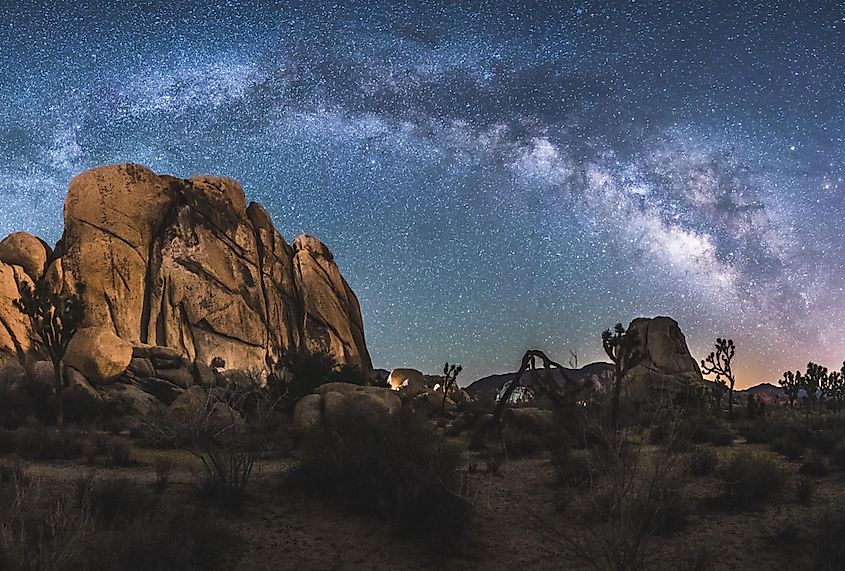
The inhabitants of the town date back to the last Ice Age with the arrival of the Pinto people, one of the earliest Southwestern communities who lived in the wet climate of Pinto Basin around a slow-moving river over 5,000 years ago. Then the region was inhabited by nomadic groups of Indians around the harvest seasons, especially for its cactus fruit bearings, pinyon nuts, acorns, and mesquite beans.
Joshua Tree National Park
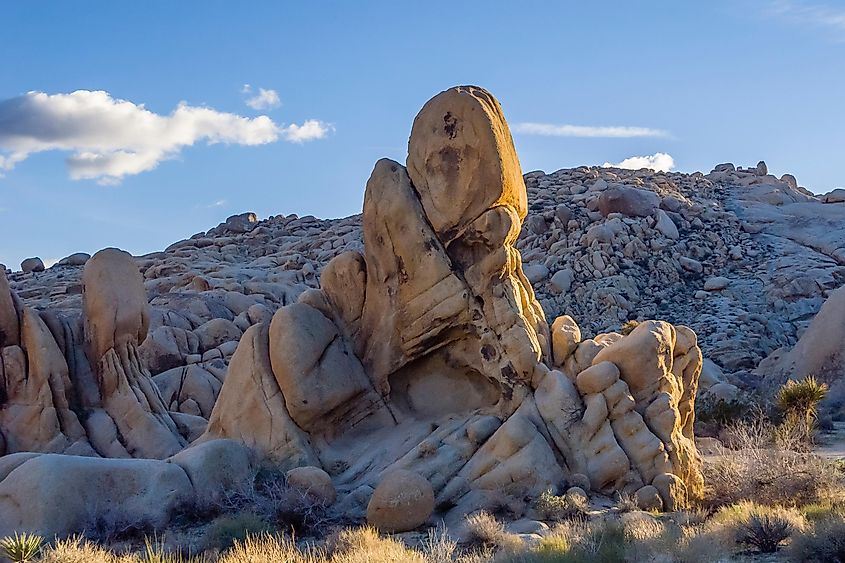
Before the establishment of the national park in 1994, the area was considered a national monument until the passing California Desert Protection Act. It stretches over an area of 794,000 acres, inviting about 2.8 million annual visitors. The park has a remarkable range of activities, projects, and programs, working in partnership with the Joshua Tree National Park Association. The association aims to support scientific and academic research activities and educational and artistic programs. The latter is an essential part of their activities as musicians and artists have been elemental to the park's history and legacy and are celebrated through their Artist-in-Residence program. Joshua Park's Desert Institute offers wide-scale services and activities, including live events, field classes, community lectures, military scholarships, and step-on bus tours, among others. The institute established the Minerva Hoyt California Desert Conservation Award, granted to individuals and organizations who significantly contribute to the deserts of California.
A visit to the park allows access to diverse services and learning adventures, and any park store purchases or membership subscriptions to the Joshua Tree National Park Association feed into the institute's artistic and research programming.
Camping
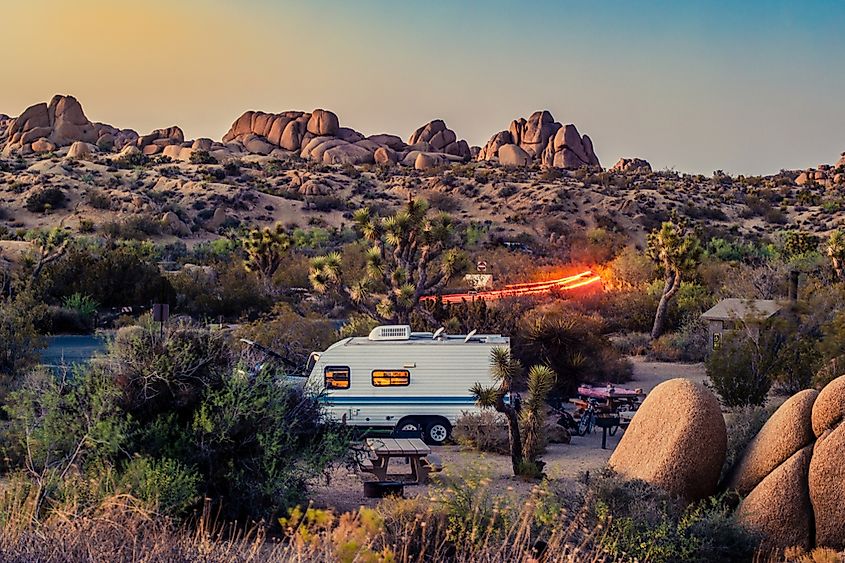
While the peak camping season is the springtime months of March till early June, camping is possible all year round at Joshua Tree, with numerous options depending on the group size and preferred environment. The park's per-vehicle entrance fee is 20$, while bike or motorcycle fees drop to 10$. There is an additional 15-20$ site fee per night for different campgrounds. For a more comfortable stay, visitors can choose one of the vibrant hotels of the area, like Hicksville Trailer Palace or the charming Harmony Motel.
As for the campsites, the Cottonwood is a highly accessible one at the south entrance of Joshua Tree Park and is suitable for low-desert-seeking campers. More secluded is the White Tank, perfect for quiet star-gazing, while a larger busy campground for groups interested in day-time rock-climbing is the Jumbo Rocks.
Museums And Art Galleries
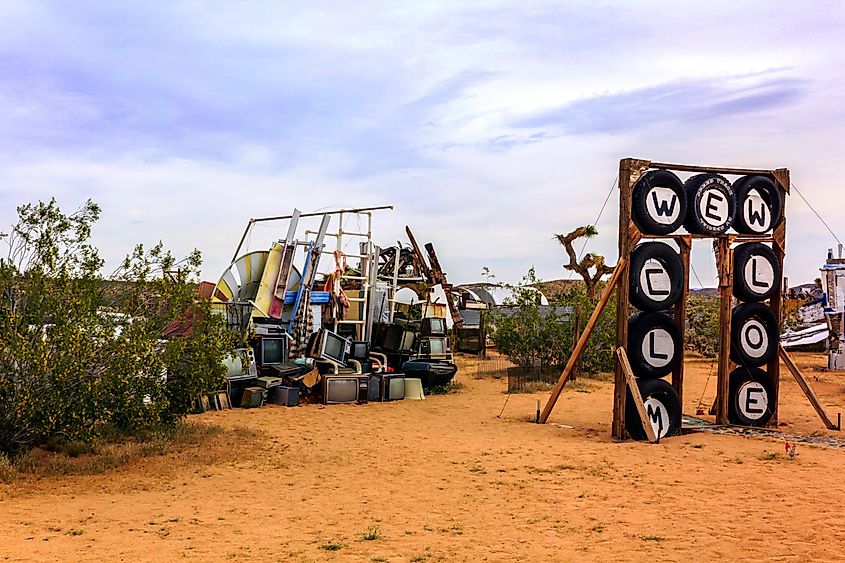
Though the area is most famous for its park and desert camping spots, Joshua Town is rich in cultural and artistic destinations. It features the exceptional Noah Purifoy Desert Art Museum, a 7.5-acre outdoor museum. Created by Noah Purifoy, it comprises a number of large sculptures made of non-traditional materials like burnt wood, castoff metals, and blown-out tires. The town also contains the World Famous Crochet Museum, which unintentionally started with the vibrant Shari Elf's humble crochet collection and today has become a spectacular group of unusual items in crochet form. Aside from the museums, the Joshua Tree Art Gallery is worth the stop, featuring photography, painting, and sculptures from the Hi-Desert.
Joshua tree is certainly one of the most beautiful desert towns in the United States. Its many attractions make it the perfect stop for art enthusiasts and outdoor-lovers equally.
